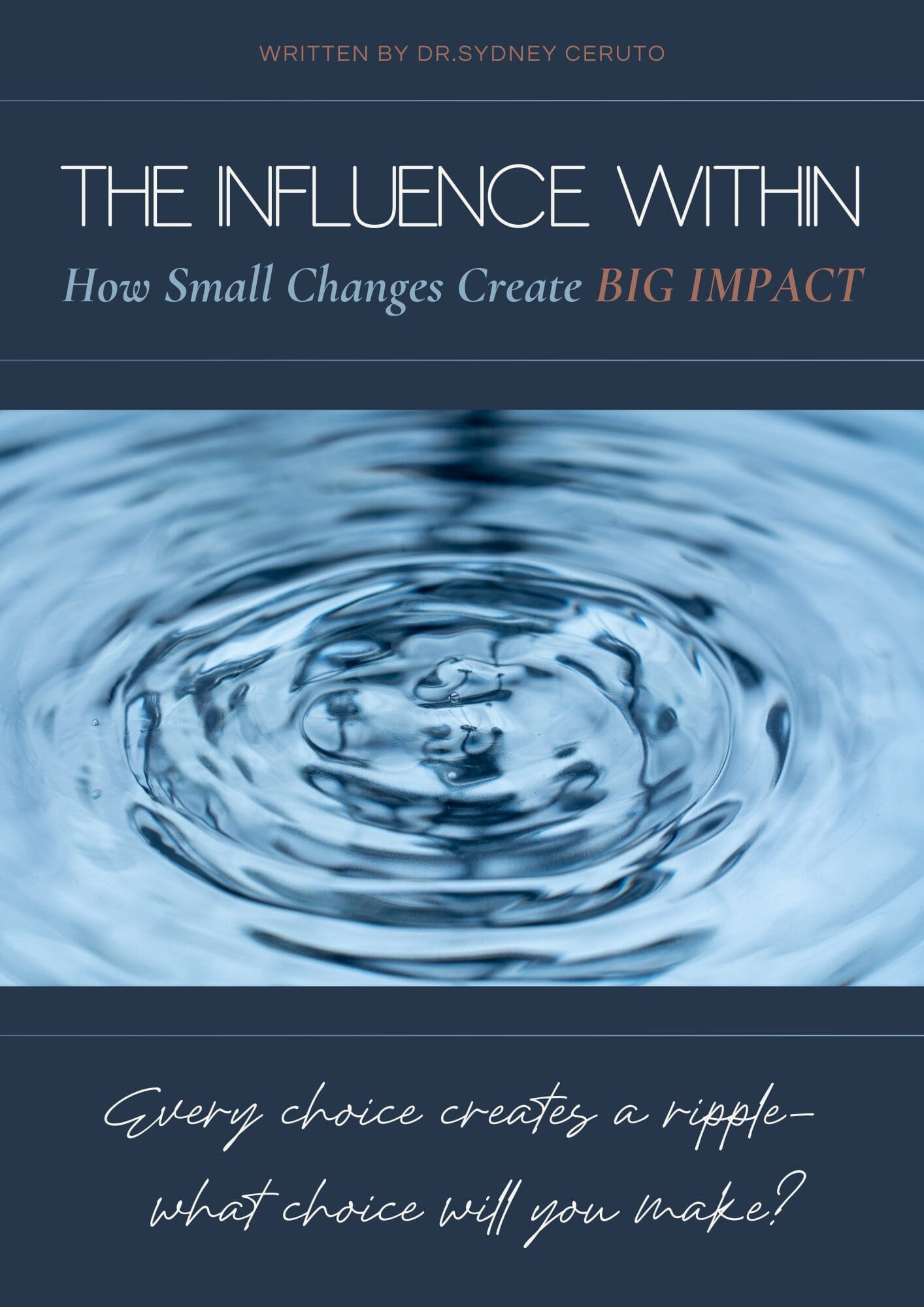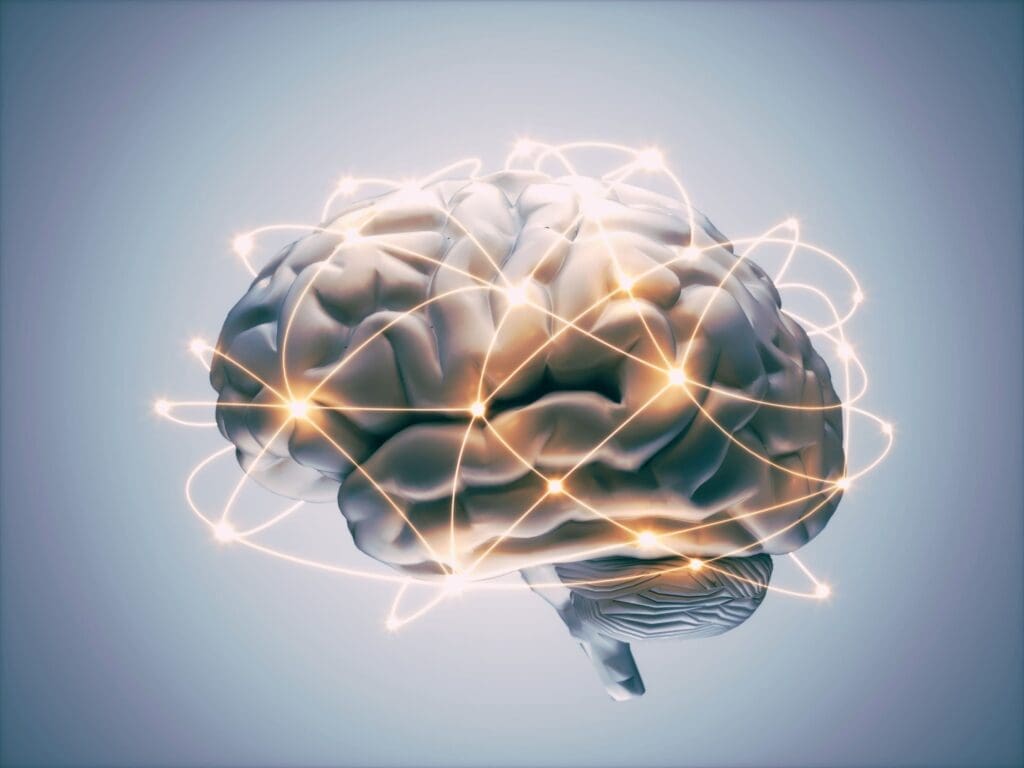Aging is an inevitable process, and with it comes various changes in our body, including our brain. The concept of neuroplasticity in the aging brain has emerged as a beacon of hope, challenging the long-held belief that the brain’s adaptability diminishes with age. But how does neuroplasticity manifest in the aging brain, and what implications does it hold for cognitive health?
Unraveling the Mysteries of Neuroplasticity in the Aging Brain
Neuroplasticity, in essence, is the brain’s remarkable ability to adapt and reorganize itself by forming new neural connections. This adaptability is not just limited to the younger years but continues to play a role as we age.
- The Aging Brain and Neuroplasticity: Contrary to popular belief, the aging brain retains a degree of plasticity. While it might not be as pronounced as in youth, it is still present and can be harnessed for cognitive enhancement.
- Cognitive Resilience: The aging brain, equipped with neuroplasticity, can combat age-related cognitive decline. This resilience allows older individuals to learn new skills, adapt to new environments, and even recover from brain injuries.
- Factors Influencing Neuroplasticity: Genetics, lifestyle choices, and environmental factors can influence the degree of neuroplasticity in the aging brain. Activities such as continuous learning, physical exercise, and social engagement can promote and enhance neuroplasticity.
Strategies to Foster Neuroplasticity in the Aging Brain
- Lifelong Learning: Engaging in new learning experiences, whether it’s picking up a new hobby or learning a new language, can stimulate the brain and enhance its plasticity.
- Physical Activity: Regular exercise not only benefits the body but also the brain. It can boost blood flow, promote the growth of new neurons, and enhance cognitive functions.
- Mindful Practices: Activities like meditation and relaxation techniques can reduce stress, which is known to hinder neuroplasticity, and promote overall brain health.
For a deeper dive into the wonders of neuroplasticity and its broader implications, consider exploring the guide on neuroplasticity titled “Neuroplasticity Unveiled: A Comprehensive Guide to Harnessing the Brain’s Remarkable Potential.”
Conclusion
The phenomenon of neuroplasticity in the aging brain offers a renewed perspective on aging and cognitive health. By understanding and harnessing this adaptability, we can pave the way for healthier cognitive aging and improved quality of life.






